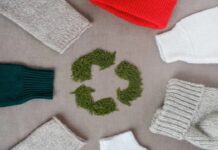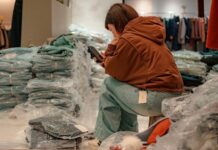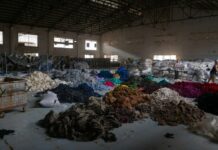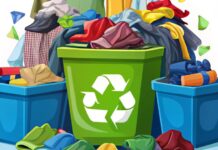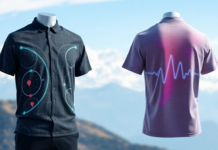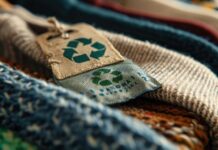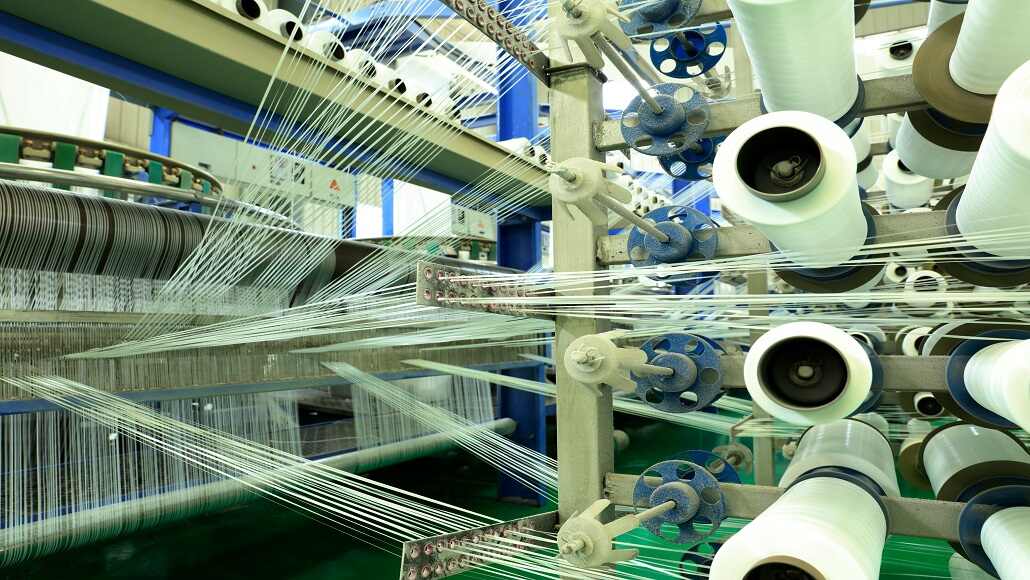Textile Exchange has launched an improved version of the Recycled Materials Data Form (RMDF) this month, designed to confirm the origins of materials certified under the Global Recycle Standard (GRS) and Recycled Claim Standard (RCS).
The upgraded RMDF aims to standardize, organize, and gather information related to both textile and non-textile waste, thereby enhancing the ability to track and share information across the recycling value chain more accurately.
With this enhancement, the revised form now captures vital standardized data points, including the composition, color, and source of fibers. This foundation prepares the industry for future digital advancements and scalable solutions to manage textile waste more effectively.
The new RMDF will allow brands to identify whether their raw materials come from recycled textiles or bottles. This added clarity will enable companies to increase the incorporation of recycled textiles in their products, thereby improving their sustainability profile.
“Knowing the source of recycled materials will enable brands to make substantiated claims about their products, leading to heightened transparency within the industry,” stated representatives from Textile Exchange.
This update originates from a collaborative multistakeholder initiative launched by Textile Exchange and Fashion for Good, with contributions from brand partners such as adidas, Target, BESTSELLER, Norrøna, and Levi Strauss during 2023. The effort has also received support from organizations like Control Union, Reverse Resources, Recover, and Usha Yarns.
Currently, the textile industry faces significant challenges in determining the exact origins of its recycled fibers, often leading to uncertainty about whether they come from plastic bottles or other sources. Additionally, the sector has struggled with inefficient classification and standardization of data collected regarding recycled materials.
The project’s primary goal was to align data collection methods and enhance system functionalities, establishing uniform practices for gathering and disseminating information about textile waste across the supply chain—encompassing collectors, recyclers, and certification agencies.
Moreover, the initiative explored potential collaborations with digital platforms, such as Reverse Resources, to streamline the data entry process and minimize duplicative efforts.
Such partnerships are critical steps toward developing a fully digital and interoperable traceability system for the textile industry.
A key takeaway from the project was that the RMDF could be fine-tuned to systematically collect data that improves traceability. It was also found that the RMDF could seamlessly integrate with existing systems utilized by recyclers, allowing them to connect their current platforms with Trackit, thus alleviating the traceability burden on recyclers.
At this time, the adoption of the new RMDF is voluntary, allowing the first certified organizations in the recycled supply chain the option to use it when documenting their reclaimed material data. Eventually, the RMDF will be incorporated into Textile Exchange’s Trackit system, which will simplify the verification process for companies making product claims.

















